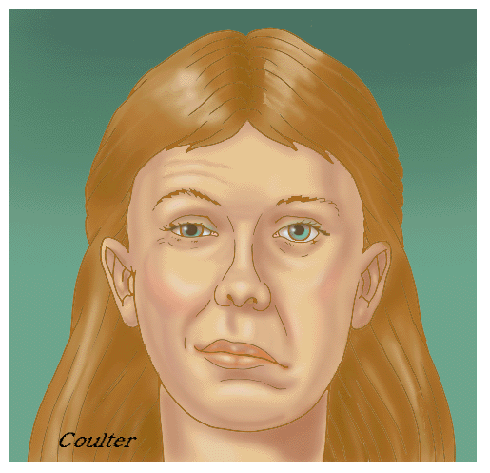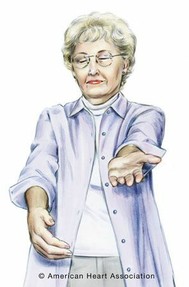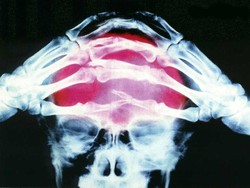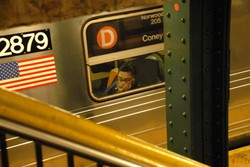
This problem usually accompanies the headache. It can happen even before it, it can be caused by it, or it can have the same cause as the headache.
This problem is not as frequent as the headache. There are cases in which victims have difficulties seeing, just as easily as other victims see fine.
The blindness can resemble a tunnel vision, in which the diameter slowly decreases, or can be like a random blotch, growing in size. Apart from some cases, in which the blindness is very rapid or total(indicating a big leak or a big vessel that was blocked), visual problems usually evolves at a fairly constant rate, allowing the person in cause to make measures.
If the stroke happens in the area of the optic nerves(carrying impulses from the eyes to the brain) or in the optic chiasm(area in which the optic nerves cross each other, exchanging at the same time some information), there is bound to be ocular involvement. Also, it can happen in the occipital lobe, the part in the brain situated at the back of the head, area specialized in processing the information from the eyes. If there is a stroke there, there will be visual damages, despite of the fact that the nerves are intact.The person is thus "cortically blind".
Moreover, a CVA in that area can cause a syndrome called "Anton-Babinsky syndrome". In this syndrome, the person(being blind) claims adamantly that he is not blind, and starts confabulating, trying to provide reasons for the clumsiness observed by others. If not seen with a careful eye(It's a joke, see? Eyesight problems, careful eye?), this condition can develop for some time(not much, though) until someone realizes that the person in cause if definitely blind. This lost time can hinder the success rate of the treatment.
If the victim realizes that his/hers eyesight is starting to depreciate, it should be an early indicator that a stroke is creeping in. Early discovery can lead to early treatment, with maximal recovery, depending of the state.
I remember one occasion when I was at the gym and I tried a supplement. It was a vasodilator(an agent that increases the diameter of a blood vessel) that helped increase the blood supply to the muscles. What I didn't take into consideration was that the effect in cause did not discriminate blood vessels from the muscles from other blood vessels. The result was an increase in blood vessels everywhere. I saw superficial veins becoming more visible. And then I couldn't see them increasing in side, on the fact that I started to not see. I don't know if my black-out happened because of the pressure in the blood vessels in the brain or because the increase in volume determined a drop in blood pressure, which prevented blood from irrigating my brain properly.
Either way, I got to know its effects, and I understood, at least for little time, what devastating effect can have the loss of vision, even if for a couple of seconds.











Comments
Indeed.
There is one area in the brain, which stroke diminishes the survival rate to 5% ! It is called the circle of Willis, and is a place where several arteries come together and branch away afterwards.
It is a notoriously difficult area to operate upon, and even with the surgery, chances don't look that high.
Really informative and engaging work. They call stroke the silent killer!